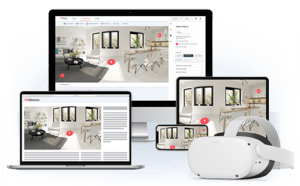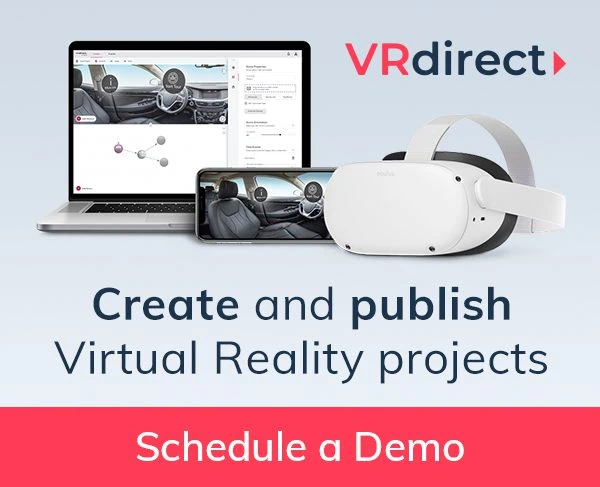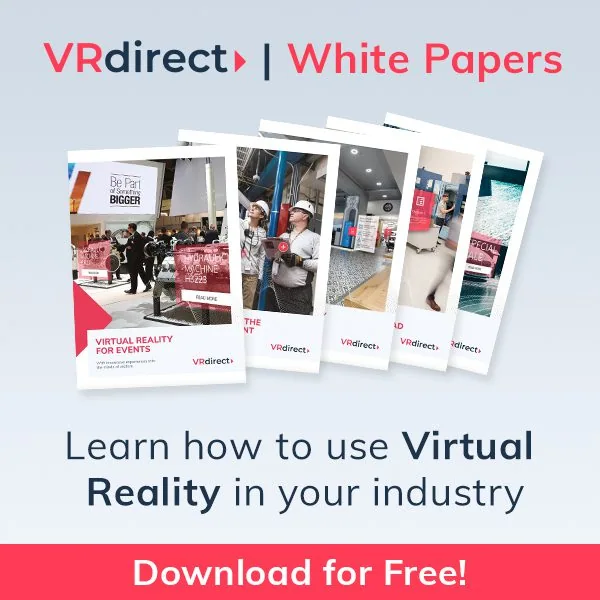Benefits Virtual Reality for Training
- reduces accidents
- saves costs
- better training results
- increases memorability by creating more impactful visual experiences
- reduces fear & stress
- eliminates the risk factor
While vital to run a successful business operation, training an employee costs a company a lot of time, effort, and money. Hands-on training requires an expert in the task, which takes time out of their working day. In more lackluster cases, new employees may have to watch an instructive video or, worse yet, simply read about the task they will perform. They are forced, in these ways, to imagine what the experience will be like without actually doing it. This can lead to false interpretations and a lack of confidence.
VR training, however, places the training employee in a simulated hands-on learning environment. It promises to usher in a future of efficient, effective, and economical training for small and large companies alike.
It may sound like a development of the future, but the future of VR training is now; it’s quickly becoming a standard in many industries. Successful companies across the globe are utilizing this tool to streamline and elevate their training processes. We’ve chosen to showcase five of these companies that have embraced this medium to their great benefit. After reading, you’ll probably be wondering how you can do the same. If you have any questions or need a helping hand, feel free to reach out.
Walkmart combines VR and training to facilitate success
Since 2017, the retail giant has used VR applications to train and assess the skills of their employees. The applications incorporate 360° video taken from within one of their stores and interactive experiences that challenge the employee to solve interpersonal conflicts unfolding in front of them. Managers can see how an employee might deal with a difficult customer without the need of any real-life drama.
Much of the application’s utility is to step into real-life scenarios as an employee, but in one instance, the employee is forced into an alternate perspective. In one moment, they are a cashier with a long line of customers in front of them. Then, they suddenly find themselves as one of the customers reading a text from their spouse asking when they’ll be home. This profound facet of the experience is a testament to the depth of what can be expressed through VR training.
A focus on AST safety training
AST offer a multitude of training courses to companies to qualify their personnel for using specific machines and devices. As experts for occupational safety, they specialize in utilizing E-Learning solutions to offer a wide range of trainings and certifications. To make sure all learning content is directly applicable, their training courses take a practical and feasible approach. For this reason, AST’s safety engineer Matthias Müller always keeps looking for new ways to enhance AST’s training courses with new technology that help participants engage more with their training material. For him, VR is the answer to delivering immersive, easy-to-use and practice-oriented training to companies.
The goal of VRdirect’s partnership with AST is to offer theoretical trainings and qualifications certificates in VR as well. One of the first projects implemented with VRdirect is a digital manual teaching participants on how to safely handle earth-moving machinery. The solution allows attendants to view and engage with the course material in an immersive and interactive environment. Read the AST Success Story.
With more time and less stress in this virtual environment, employees learn how to do the job right and how to do it safely. All outside distractions are eliminated in VR training, increasing the user’s focus on the content of the experience. To learn more about how to improve safety and performance in VR training, read our article on the subject.
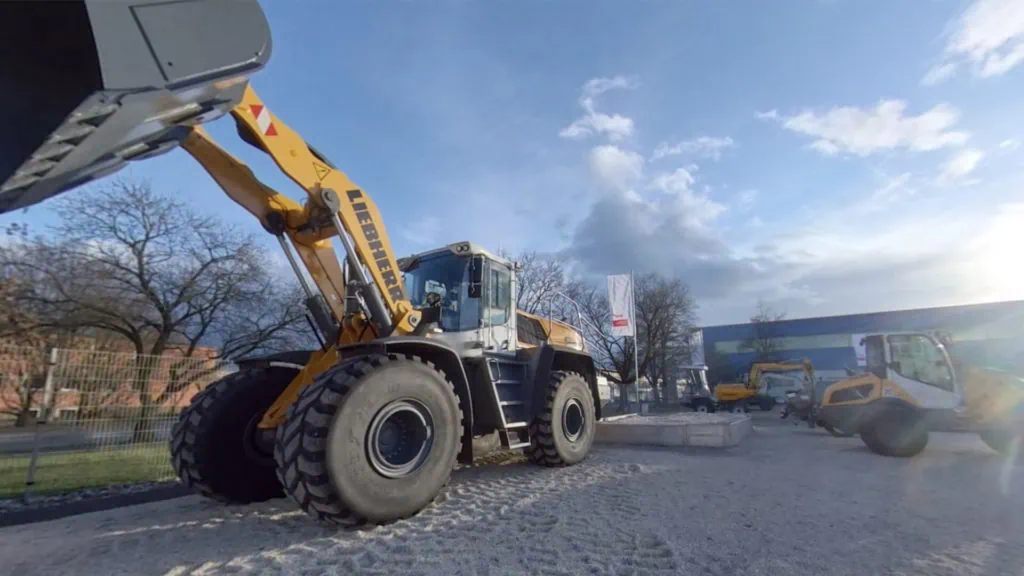
Porsche VR training educates about electric vehicles
To educate their employees about the various components that make electric vehicles work, celebrated automotive company Porsche created a VR training experience. In it, users explore a captivating exhibit while guided by a narrator. As they navigate around the space, they approach displays containing both an animated electrical component and an interactive quiz pertaining to it. This interactivity increases retention and overall educational effectiveness.
Porsche is able to distribute this project in a variety of ways. Their primary means of distribution is downloading the app on Oculus Go VR headsets, which they acquired specifically for the occasion. When one is not on hand, however, they are also able to simply open the experience through a web browser with a web player, as well as share a link to it through their company intranet. For a huge company like Porsche, a training experience has to not only be compelling, but also easy to share and access company-wide.
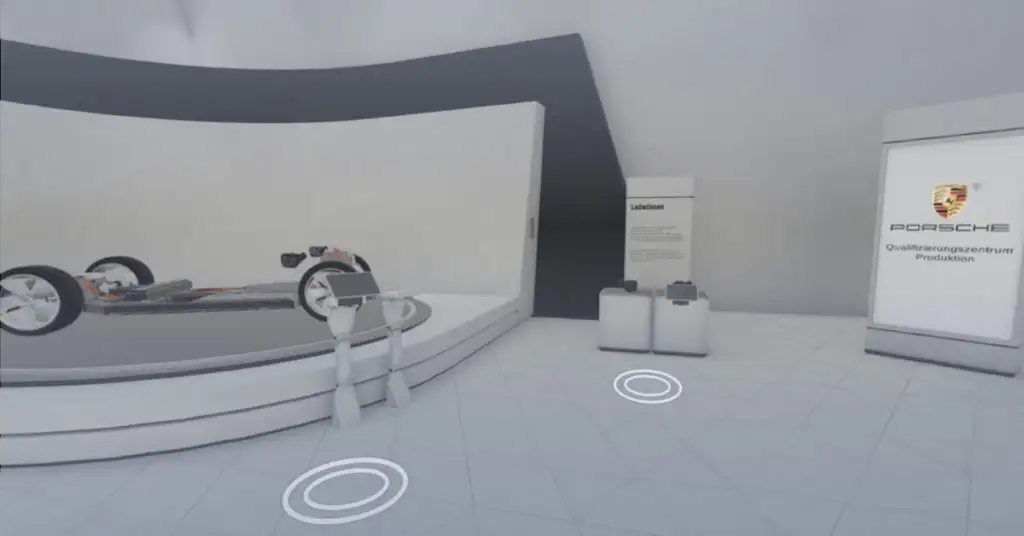
Boeing prototypes their assembly process in VR
Boeing uses virtual reality to train mechanics in the assembly and installation of landing gear into their new 737 aircraft. In doing so, the mechanics to get a first-hand look and feel of the processes months before they actually begin. The engineers who are designing the aircraft benefit as well—receiving and improving upon feedback that identifies flaws in the production system.
The VR training experience has been lauded by mechanics and engineers alike who have expressed just how big of a difference it makes in the end product. With its success, Boeing foresees a near future where they can simulate any type of maintenance situation a mechanic might face. See a VR experience of the ground-breaking vehicle here.
Henkel’s health and safety scavenger hunt
Much like with Avacon, VRdirect partnered with chemical and consumer goods company Henkel to create a VR training experience that educates employees about health and safety risks at the workplace. As the user looks around their environment, they are tasked with identifying potential risks. When they find all the risks on their checklist, they get to move onto the next environment. Scanning over the busy scenes is a bit like a scavenger hunt, and it’s this gamification of the training that makes Henkel’s and so many other VR training experiences both successful and enjoyable.
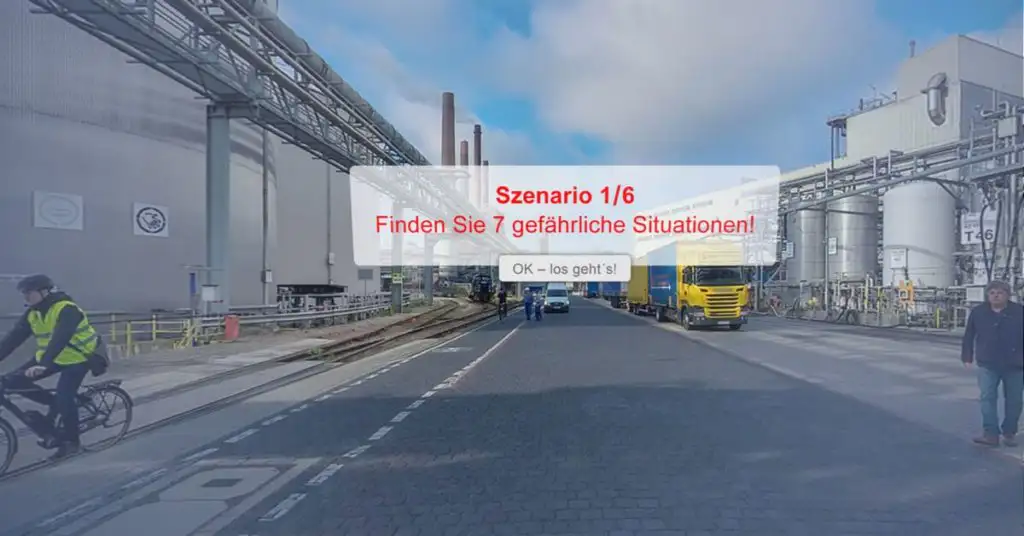
Companies using VR Training are prepared for the future
With the increasing number of companies offering VR training to their employees and the burgeoning advancements in VR technology, there is no better time than the present to see what this exciting new medium can do for your company. So, what are you waiting for?
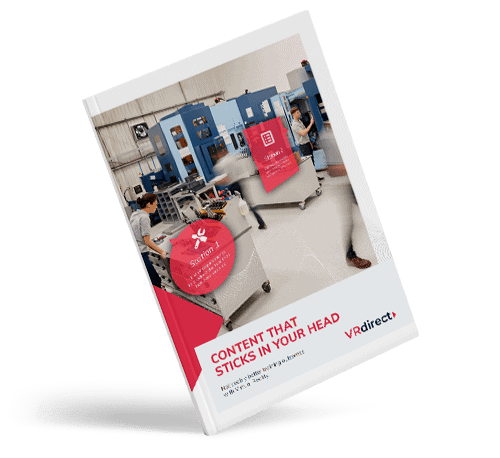
Virtual Reality Training provides employees with faster and better training results, significantly reduces accidents, and saves costs at the same time. Virtual reality as a training technology is an important building block for the future of digital learning.
